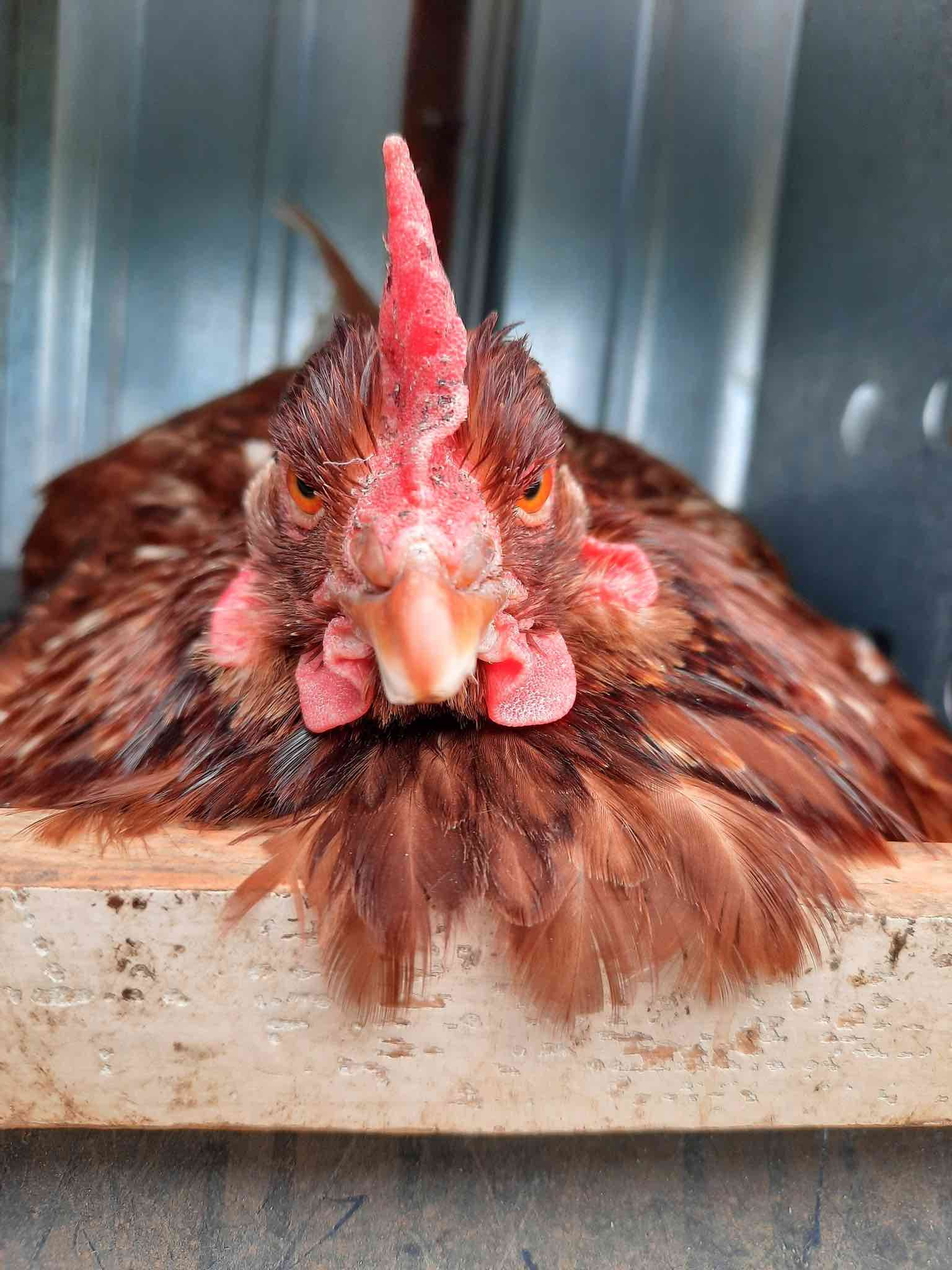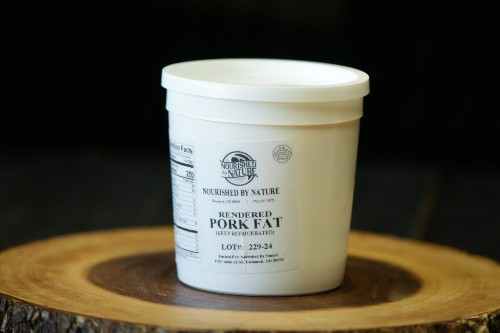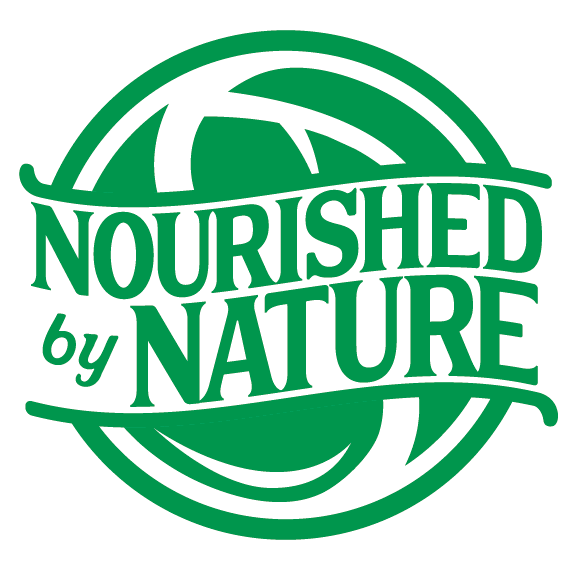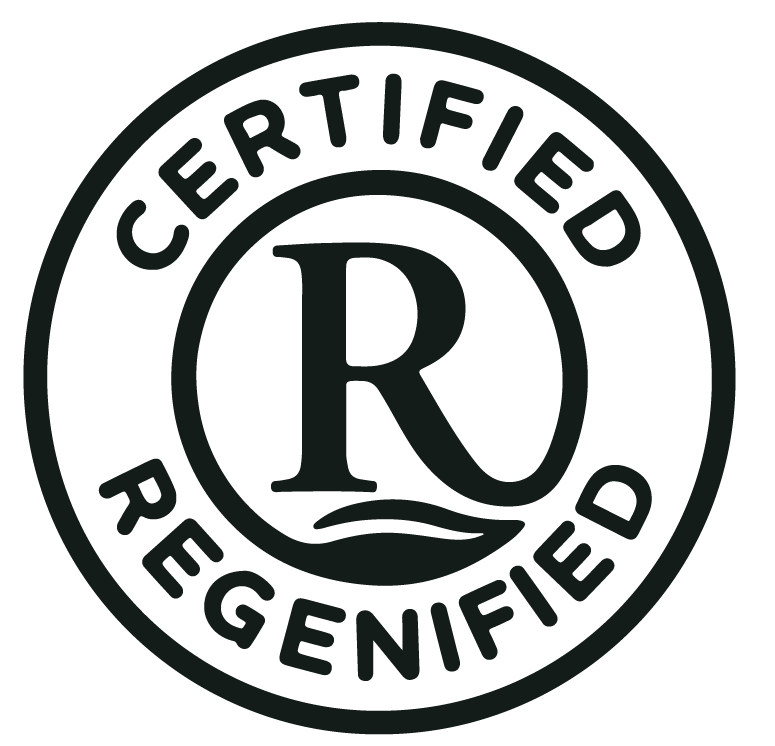Is an Egg just an Egg, or a Steak just a Steak?
posted on
June 17, 2021
For the past 25 plus years, we have focused on improving the soil health on our ranch. We have done this through the way that we manage our crops, livestock, and perennial grasslands. So what does that mean exactly and how does it correlate to the end products (meats and grains) that we grow and raise on our land? How does that affect the nutrient-density of these products?
Recently, we had our proteins tested for nutrient-density to see if our management and our healthy soils actually make a difference on the quality of our products. We sent a Nourished by Nature Ribeye Steak, Pork Chop, Chicken Breast, and Egg sample to a lab and compared them to the same cuts that can be purchased at a local supermarket here, in Bismarck, ND. For each category, we compared the fatty acid profiles of our products to a product that is promoted as being grass-based/all natural, and a conventional (industrial-raised) product. In this review, we share fatty acid data that are most commonly used as indicators reflecting the greatest cardiovascular health benefits.
Here's a snapshot of some of our findings:


Our results show that different management styles can have a direct effect on the fatty acid composition of the protein being raised which has been shown to have a direct correlation with improved health benefits.
When compared to the conventional brands, each extra dollar spent on a Nourished by Nature Ribeye Steak amounted to a 61.94% increase in beneficial fatty acid content. Each extra dollar spent on a Nourished by Nature Pork Chop amounted to 71.98% more beneficial fatty acids. Each extra dollar spent on a Nourished by Nature Chicken Breast amounts to a 7.53% increase in beneficial fatty acids. Each extra dollar spent on Nourished by Nature Eggs amounts to a 174.72% increase in beneficial fatty acids.
If that isn’t enough to make up for the additional cost, there are many other factors to consider as well. These factors include environmental impacts, animal welfare, and community and local economy enrichment. The few extra dollars spent on protein coming from a regenerative farm contributes to mitigating climate change by drawing Carbon out of the atmosphere and bringing balance back to our water and carbon cycles. It also contributes to animals getting to express their true nature out on pasture, living enjoyable lives where they have the opportunity to be part of a productive and harmonious ecosystem, full of biodiversity and wildlife. Finally, it contributes to the livelihoods of the actual farmers themselves who took part in stewarding the life of each animal from start to finish.
To see the full article, follow this link.
To see the article with this data published by Dr. David Montgomery, follow this link.






